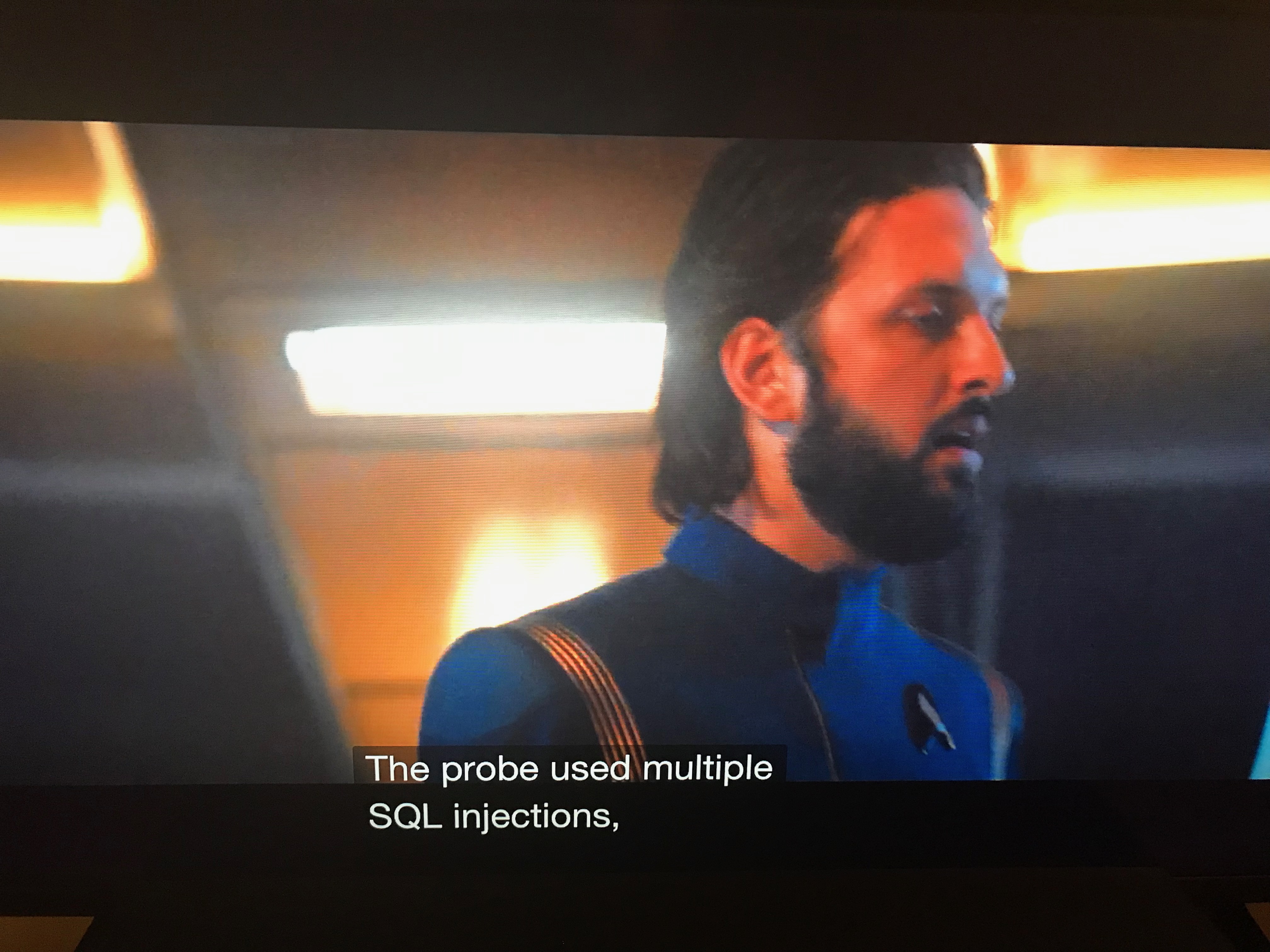In a recent Star Trek Discovery episode, the crew was investigating how a probe (from the future!) was attempting to hack into their systems. This is what was said about it:

Blog about the Xojo programming language and IDE
In a recent Star Trek Discovery episode, the crew was investigating how a probe (from the future!) was attempting to hack into their systems. This is what was said about it:

The Timer and Xojo.Core.Timer classes gives us a resolution that is more than enough for most of the cases where we need to use them. In fact, under macOS we don’t find any kind of limitation when using the classes provided by the Xojo Framework: we can achieve a maximum resolution of 1 ms on any of the most recent computers.
But when working with Windows OS this is not so straightforward . It doesn’t matter if we try to set the Timer Period property to a minimum value of 1 ms; Windows imposes a minimum resolution of 16 ms, insufficient when we demand the maximum precision for a critical task (period interval between Timer firings).
Of course Xojo has a solution for this, you can resort to a third-party plug-in that works extremely well … or you might find the following technique useful for all kinds of projects.
Comments closedMost Xojo Cloud users have already switched to the newer Xojo Cloud servers. These new servers have more RAM and SSDs and are the priced lower or the same as our previous servers. But moving your projects from one server to another is easier said than done. You’ll need to plan carefully to avoid downtime. Here is a simple change you can make to your DNS settings in order to limit downtime, making the move to a better server smoother.
Comments closedJSON (JavaScript Object Notation) is a great text-based data format that can be used for files and web services data communication.
The structure is simpler than XML which makes it much smaller and since it does not make use of all the tags you’ll find in XML, it is also significantly easier to read. However, if you open unformatted JSON in a text editor you’ll probably find it a bit dense. Here’s how to get around that.
Comments closedA Control Set is the feature to use when there are several instances in a Window’s layout and you need to command (or access them) from code, both for those available by default in the Framework and ones based on your own graphic classes. For example, this allows us to invoke a method in a concrete instance, based on its control index, or invoke the same method to all of them (iteration). All of this without knowing in advance, at runtime, how many of such instances are placed in the layout.
An inconvenience of this feature is that you can’t use it when the graphic controls are placed on a ContainerControl due to the way ContainerControls are implemented. The good news is that this problem has an easy solution! Read on to learn about it:
Comments closedI love the new Star Trek Discovery and there are a fair amount of Klingons in it, from time to time. It occurred to me that someone has probably built a web service to translate English to Klingon and if so, I needed to build a Xojo app to use it.
A quick Google search turned up an API by FunTranslations: https://funtranslations.com/api/klingon
It has simple usage where you send along the text in English and you get back a JSON result containing the text translated to Klingon. Here’s the result of my 15 minutes of effort to use this in a Xojo desktop app:
Comments closedIn binary the high bit (the one immediately following the &b in Xojo code) is the “sign bit”. When it’s set to 1, the value is interpreted as “negative” and when it’s set to 0, the value is “positive”. Meaning that bit is not used as part of the “number” itself.
Comments closedCode doesn’t care whether you are new to programming or an old pro, a citizen developer or the head of engineering, some missteps can catch any of us. Read on to learn some of the most common programming pitfalls and how to avoid them.
Comments closedXML can sometimes be a bit confusing, so here are some tips to help you work with XML files.
First, you need to make sure your XML is really XML.
Comments closedWhen you add a control such as a PushButton to a Window (or a WebButton to a WebPage or an iOSButton to an iOSView), an instance of the control is created for you and added to the layout. Code that is in the event handlers of a control added in this way can refer to both its own properties and methods as well as the properties and methods of the window.
Comments closed